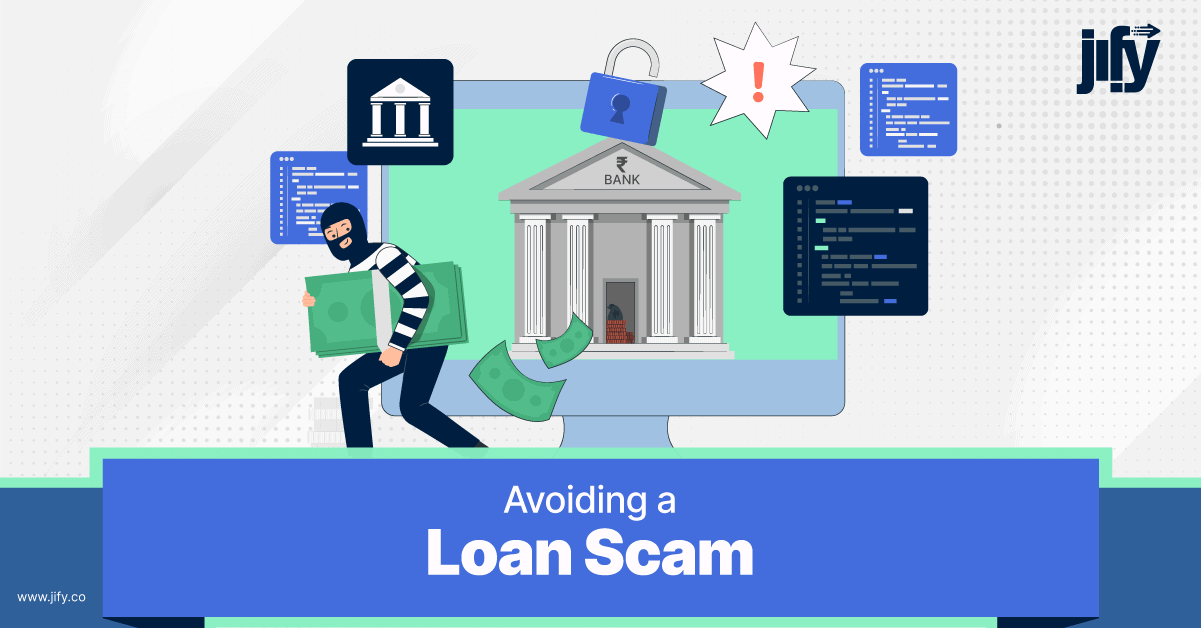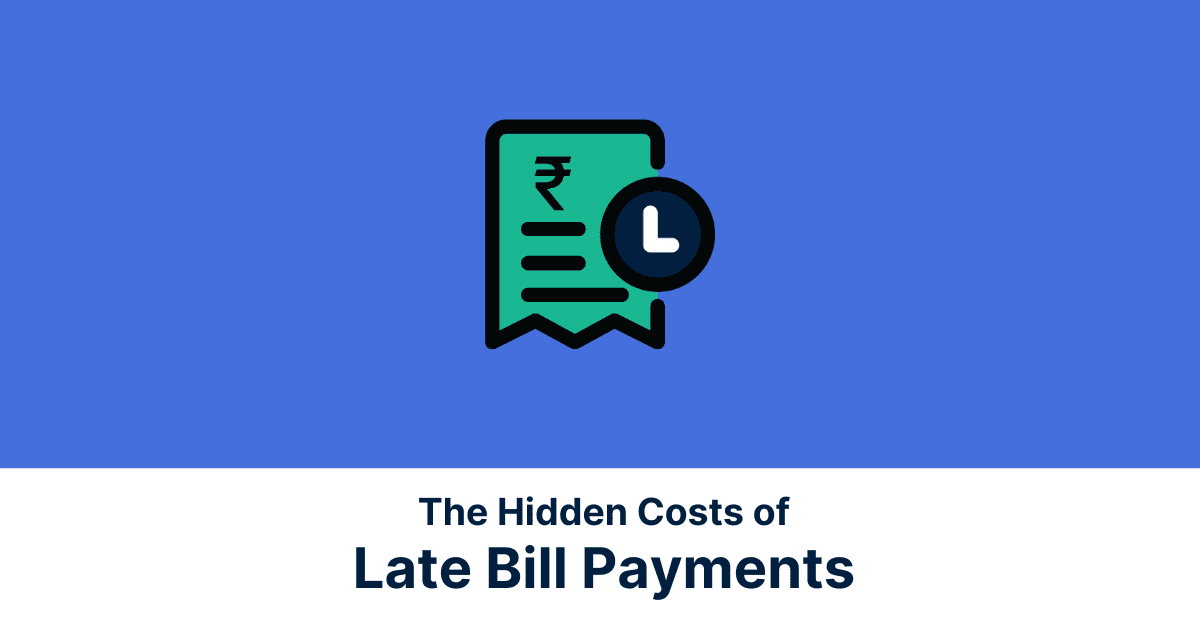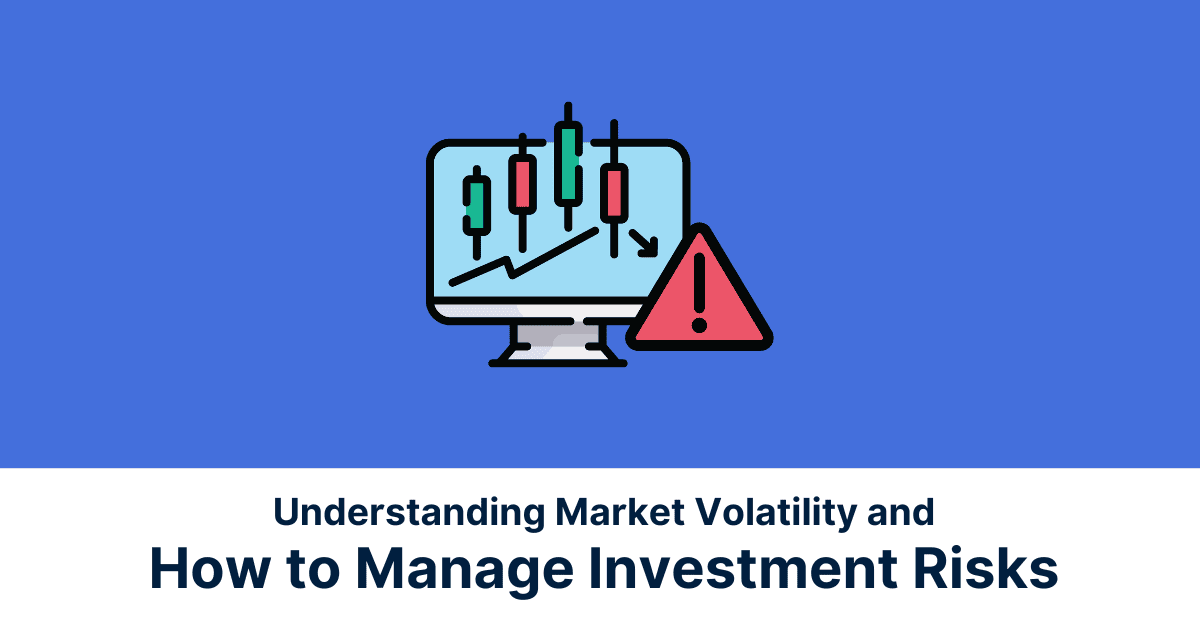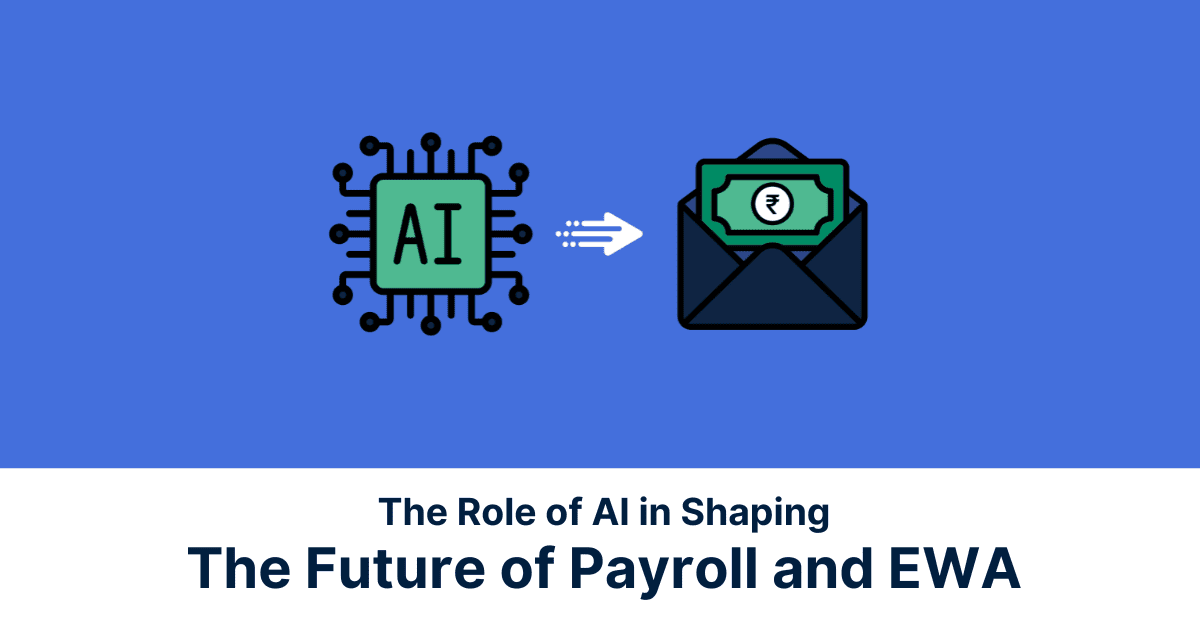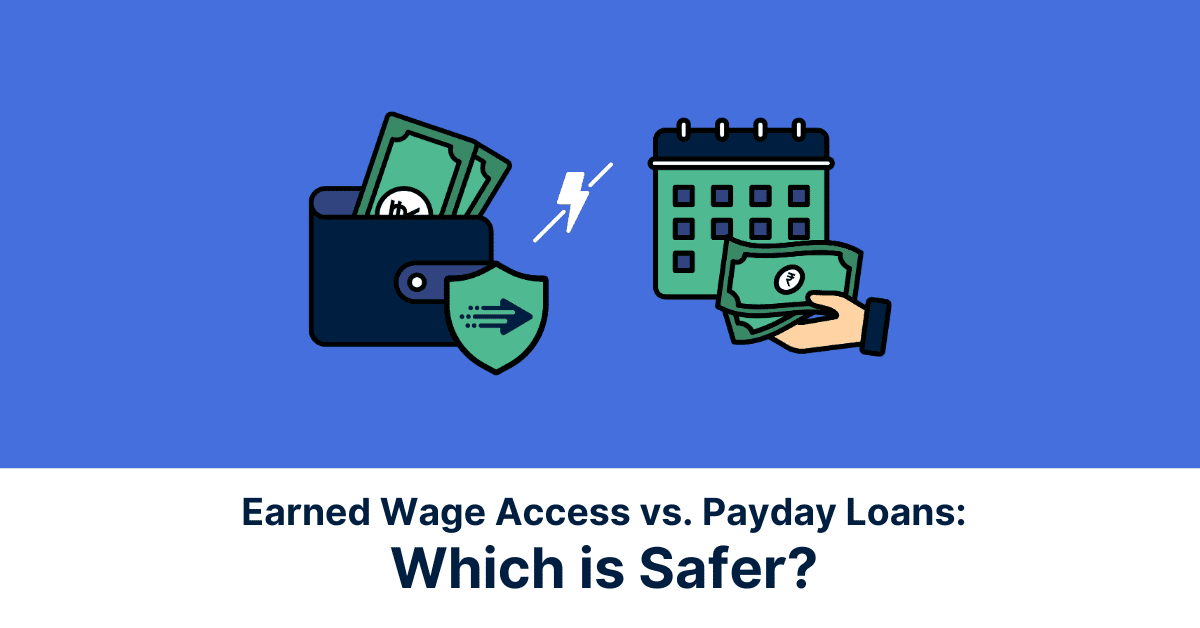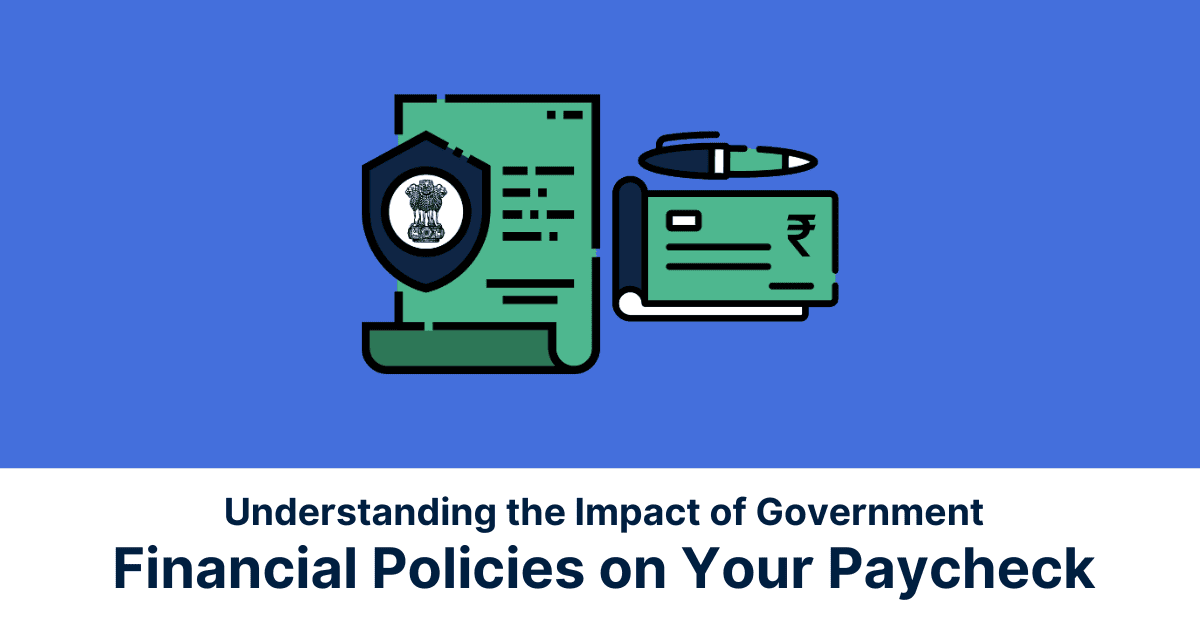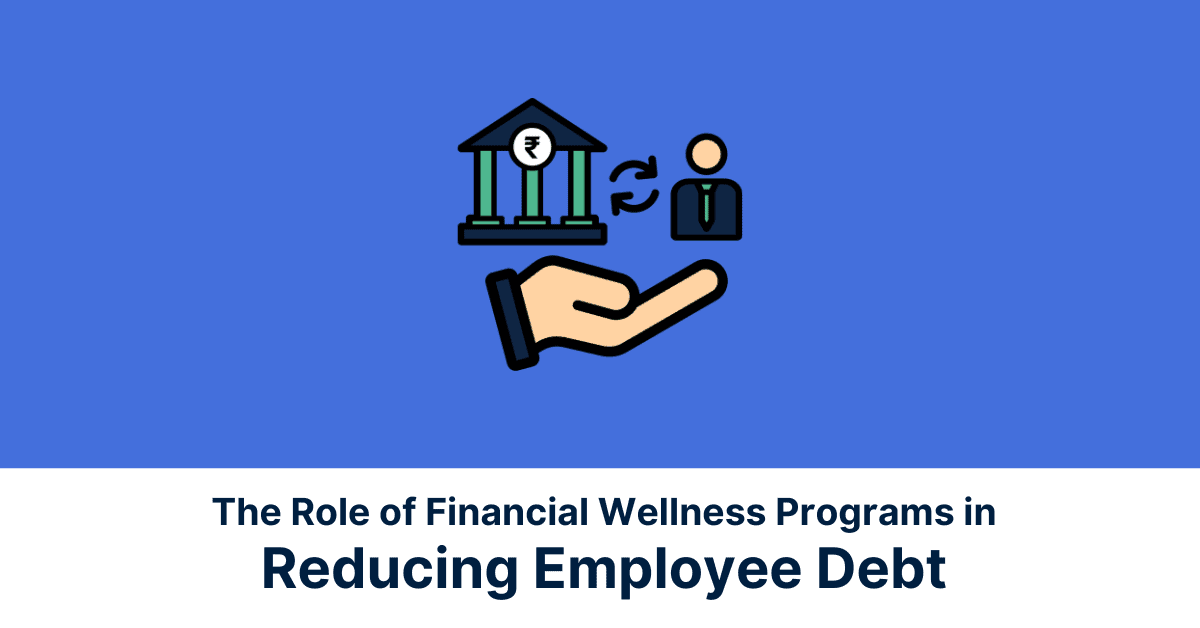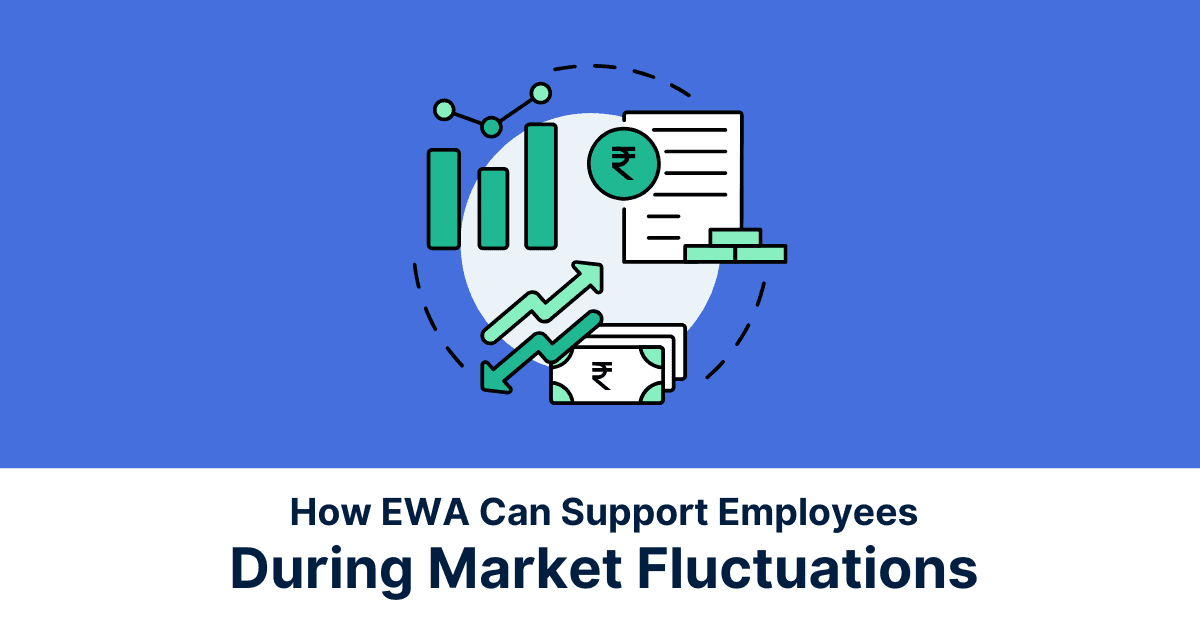In India, borrowing money is a common practice for fulfilling various needs, such as purchasing a home, starting a business, or financing education. However, with the increasing availability of loans, there has also been a rise in loan fraud cases. It is important to understand what exactly is classified as loan fraud and the subtle yet effective ways of safeguarding oneself against it.
What is Loan Fraud?
Loan fraud occurs when a borrower deliberately provides false information or conceals important facts in order to obtain a loan. On the other end of the spectrum, dishonest practices by lenders include charging excessive interest rates, providing loans without the required documentation, and misusing the borrower’s personal information.
At ₹18,746 crores, loan-related frauds clocked the biggest share of fraud within the Indian banking system in the first half of FY23, as per RBI data.
Understanding the various types of Loan Fraud
A variety of fraudulent activities are observed in India. The most common misconstructions under the domains of loan fraud include:
Identity Fraud
Fraudsters misuse the personal information of victims such as their name, address, social security number, and date of birth to fraudulently apply for loans.
False Documentation
This occurs when borrowers present counterfeit bank statements, pay stubs, and income tax returns to deceive lenders during the loan application process.
Ponzi Scheme
Under a Ponzi scheme, lenders make enticing promises of high investment returns. However, instead of utilizing the funds for legitimate business purposes, they use new investors’ money to pay off earlier investors.
Loan Flipping Strategy
Lenders entice consumers into refinancing or taking out additional loans in order to generate more fees and commissions, often charging excessively high interest rates.
Pay-in-Advance Fraud
This occurs when fraudsters demand upfront payment or fees from borrowers in exchange for a loan that they have no intention of providing.
Forgery
Fraudsters involved in forgery create counterfeit loan documents, including fabricated loan papers or forging signatures on documents such as promissory notes and loan agreements.
False Loans
To obtain loans from banks and other financial institutions, fraudsters create fictitious loan accounts in the names of non-existent borrowers. An extended version of the same is also known as a ghost loan, wherein the identity proofs of a deceased individual are used to procure a loan.
Collusion Between Lenders and Borrowers
This occurs when lenders and borrowers collaborate to deceive banks and other financial institutions by submitting forged paperwork or providing false information.
How to Avoid Personal Loan Fraud
Knowing the Lender
Thoroughly researching the lender is a highly effective method to prevent fraud. This involves verifying if the lender is authorized by the Reserve Bank of India or other regulatory bodies, confirming the lender’s contact information, researching testimonials and complaints from previous clients, and visiting the lender’s official website to gather information about the exact details of the loan (loan options, fees, and interest rates). By undertaking these steps, borrowers can enhance their awareness and make informed decisions regarding the lender’s credibility and legitimacy.
Double-checking the documents
Validating loan documentation is an essential measure in preventing fraud. It is crucial for borrowers to carefully review and understand all terms and conditions outlined in loan agreements before signing them. Paying close attention to details such as interest rates, repayment plans, costs, and other specifics is vital. If any information in the loan agreement appears unclear or confusing, borrowers should reach out to the lender for clarification or consider seeking legal advice. Additionally, verifying that the lender has accurate and up-to-date personal information is critical.
Validating Personal Credentials
To prevent fraud, it is crucial to verify personal data. Borrowers should ensure that any information provided to lenders is accurate and up-to-date. This includes verifying their own identity, residence, date of birth, and employment details. Checking credit reports is an important step to identify any mistakes or fraudulent accounts registered under the borrower’s name.
However, borrowers should exercise caution when lenders request excessive personal information, such as passwords, social security numbers, and bank account details. Sharing such sensitive data may expose them to identity theft and other fraudulent activity.
Exercise Caution Regarding Up-Front Charges
It is important to be cautious when dealing with lenders who request upfront fees. Reputable lenders typically deduct any expenses, such as processing fees, from the loan amount and borrowers are only required to pay these costs after receiving the loan. It should raise suspicion if a lender demands money before the loan is approved or disbursed.
Additionally, consumers should exercise caution when encountering lenders who guarantee loan approval or offer credit to individuals with poor credit or no credit history. While these offers may sound tempting, fraudsters often exploit them to target unsuspecting borrowers.
Avoiding Aggressive Sales Tactics
Another effective approach to prevent fraud is to steer clear of lenders who employ high-pressure tactics. Unfortunately, scammers often utilize such techniques to manipulate consumers into making rushed decisions without fully understanding the terms of the loan. They may try to coerce borrowers into signing loan documents before they have had sufficient time to review them carefully.
Legitimate lenders will provide borrowers with ample time to evaluate the loan documentation and address any concerns or inquiries they may have. It is important for borrowers to remain cautious of lenders who exert undue pressure on them to take out larger loans than they can realistically afford to repay.
Utilize Secure and Protected Networks
Using secure networks is a vital factor in preventing loan fraud. When applying for loans online, borrowers should exercise caution and provide personal and financial information only through secure platforms.
Borrowers must remain vigilant against phishing attempts, where scammers attempt to acquire personal or financial information through unsolicited emails or phone calls. Being cautious and not divulging sensitive information in response to such requests is crucial.
To enhance online account security, borrowers should implement two-factor authentication and create strong passwords. These measures help prevent unauthorized access to online accounts.
Seek Guidance from a Legal Advisor
Seeking advice from a legal advisor is another vital step. It is important for borrowers to contact a legal professional to ensure a thorough understanding of the loan terms and conditions, as well as the legitimacy of the lender.
A legal advisor can review loan agreements and contracts to identify any clauses or conditions that may be detrimental to borrowers. Additionally, they can provide guidance on borrowers’ legal rights and options in the event of disputes or issues with the lender.
Conclusion
Loan fraud is a significant problem in India, causing financial and emotional hardship for borrowers and lenders alike.
To prevent falling victim to fraud, borrowers need to familiarize themselves with various fraudulent practices, including identity theft, phishing schemes, and predatory lending tactics. Taking precautionary measures is essential. These include investigating the lender’s credentials, thoroughly reviewing loan documents, verifying personal information, being cautious of upfront costs and high-pressure tactics, seeking legal advice, and using secure networks.
By diligently following these steps, borrowers can protect their financial well-being and make informed decisions regarding their loans. Still, it is crucial to remain vigilant and report any suspicious activity to the relevant authorities to combat fraud and cultivate a safe and conducive lending environment in India.
*Disclaimer:
The information contained herein is not intended to be a source of advice concerning the material presented, and the information contained in this article does not constitute investment advice. The ideas presented in the article should not be used without first assessing your financial situation or without consulting a financial professional.
